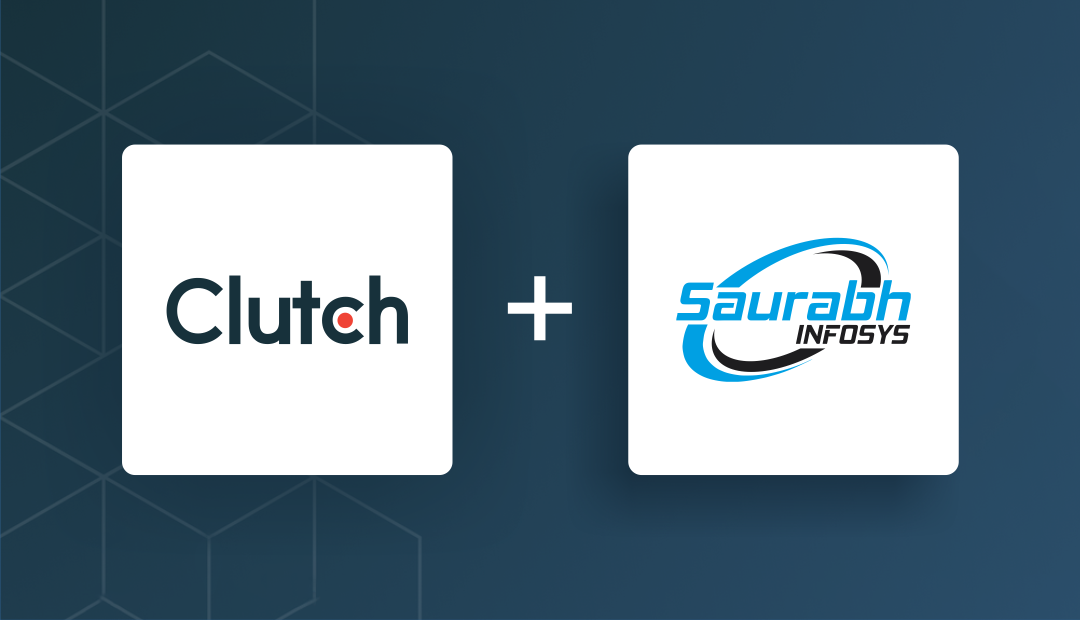Category: Blog
-

-
Exploring the Pros and Cons of CodeIgniter and Laravel in 2024
At Saurabh Infosys, our goal is to help clients reap success via generation. With our good-sized enjoy in Laravel and CodeIgniter, we intend to offer you a comprehensive evaluation of these famous frameworks to assist you in making an informed choice. In this weblog, we will discover the professionals and cons of CodeIgniter and Laravel…
-

Digitization Vs Digitalization: Traditional Marketing vs Digital Marketing
The digital canvas has become a prominent source of disseminating ideas, creating a shift from pen and paper. Although Gen-Z is quite adept at making the best use of the digitalised world, not many know the difference between digitization and digitalization. This article will dive into this distinction, and also differentiate digital transformation from the…
-

The Manifest Presents Saurabh Infosys as India’s Most Reviewed B2B Leader for 2024
Founded in 2021, our team at Saurabh Infosys is committed to helping businesses have the best mobile and web development solutions they need to achieve their goals. We are passionate about working on different kinds of projects and taking on challenges that can empower our clients. Because of the relationships we have built with our…
-

How to Run CodeIgniter Project in Localhost
Running a CodeIgniter project on your local machine is a crucial step for web developers who wish to develop, test, and debug their applications before deploying them to a live server. CodeIgniter, a powerful PHP framework, simplifies the development process, making it easier to create dynamic websites quickly. Here’s a step-by-step guide on how to…
-

Set Up Your React Application And Create Components
React.js involves several steps, including setting up the React application, creating components for your blog posts, managing state, and possibly integrating with a backend or using a CMS (Content Management System). Here’s a step-by-step guide to help you get started: Step 1: Set Up Your React Application Step 2: Create Components 2.Create a Blog Component:…
-
How To Implement Google Login in Flutter?
1. Set Up Your Project: 2. Configure Firebase Project: 3. Add Dependencies: Open pubspec.yaml and add the following dependencies:yaml 4. Configure Android: Modify android/app/build.gradle: 5. Configure iOS: Open ios/Runner/Info.plist and add: Replace YOUR_REVERSED_CLIENT_ID with the reversed client ID from GoogleService-Info.plist. 6. Initialize Firebase: Open main.dart and initialize Firebase: 7. Implement Google Sign-In: 8.Run Your App:
-
Exploring Firebase Integration in Flutter: A Thorough Guide
Flutter, a versatile UI toolkit from Google, has revolutionized cross-platform app development by enabling developers to create natively compiled applications for mobile, web, and desktop— all from a unified codebase. When integrated with Firebase, another innovative offering from Google providing a suite of backend services, this combination becomes a powerhouse for efficiently building, managing, and…
-
BLoC State Management in Flutter: A Comprehensive Guide
Introduction State management is one of the trickiest parts of Flutter development. As applications grow in complexity, managing state effectively becomes paramount. One of the most robust solutions for this is the BLoC (Business Logic Component) pattern. In this blog, we will explore BLoC in detail, understand its advantages, and walk through a step-by-step implementation…
-
The Underdog of UI / UX: Whitespace
In the world of UI/UX design, attention-grabbing visuals and intuitive layouts often steal the show. But there’s a silent, often overlooked element playing a crucial role in creating a successful user experience: whitespace. Whitespace, also known as negative space, refers to the empty areas between elements on your interface. It might seem like a passive…